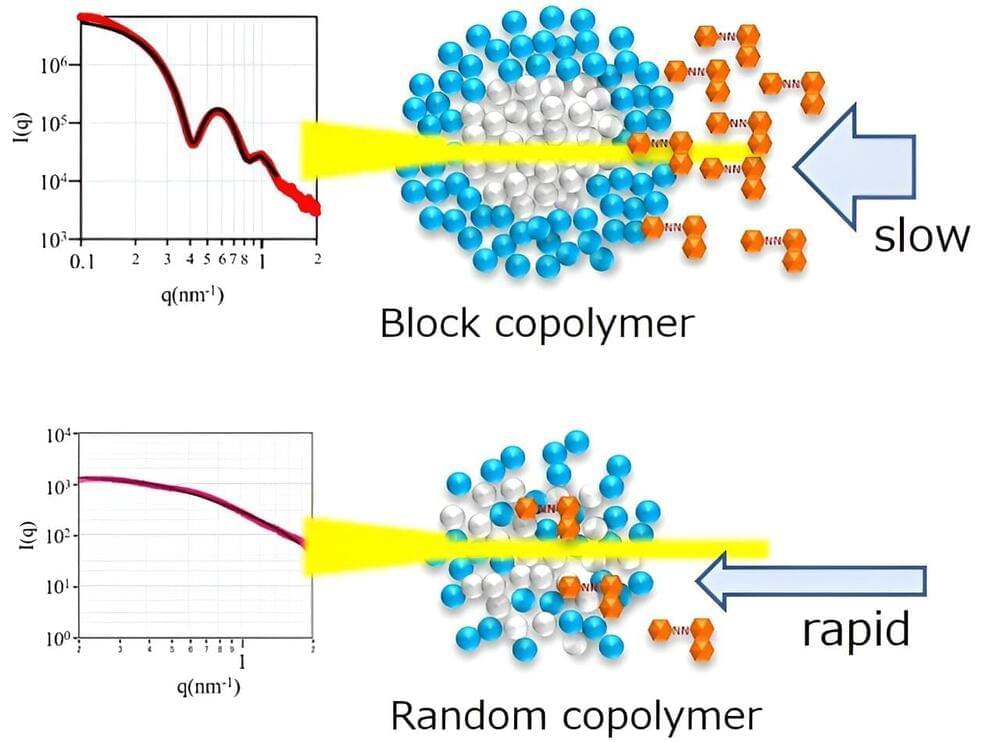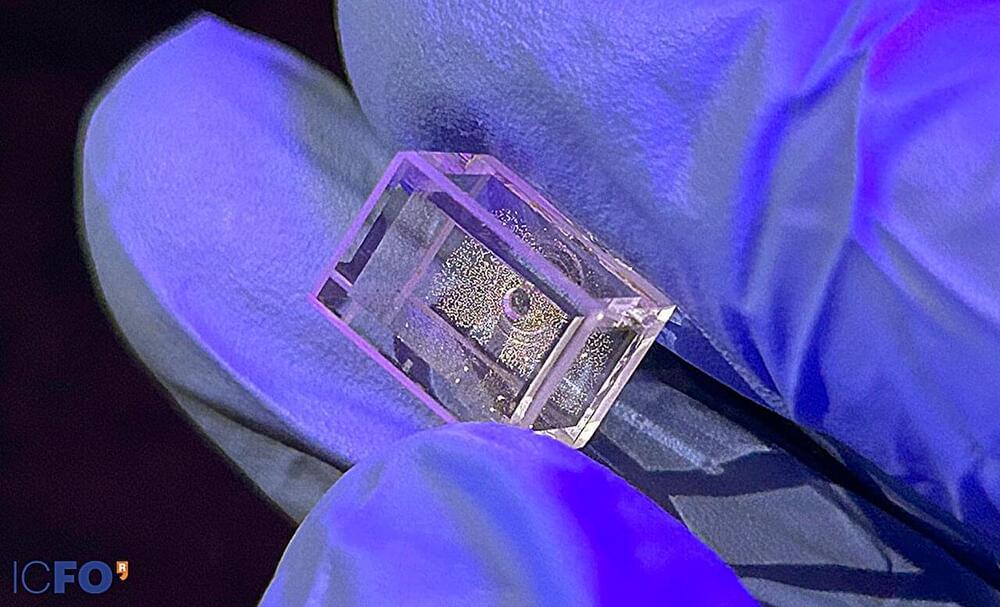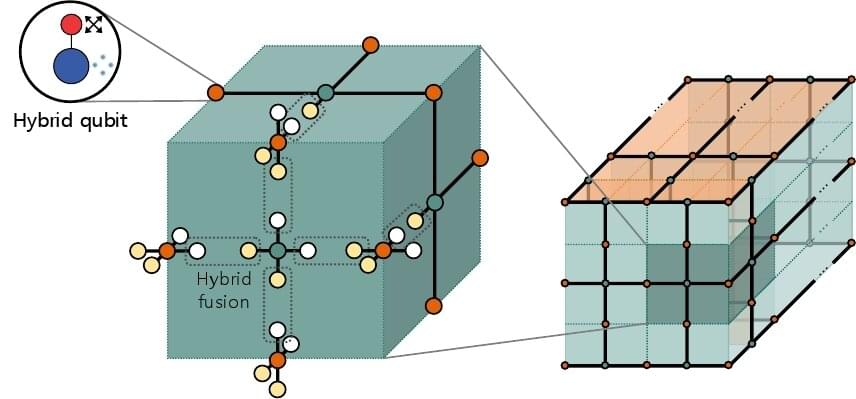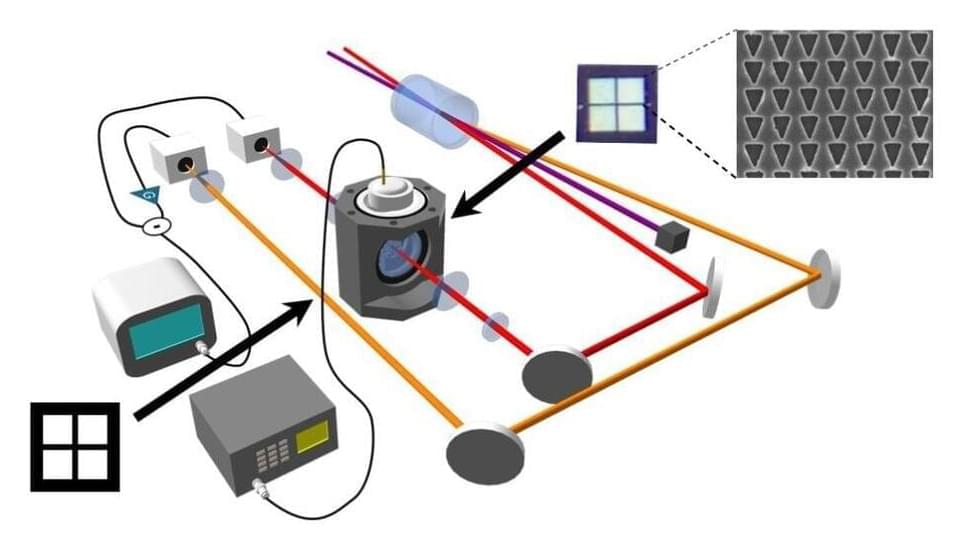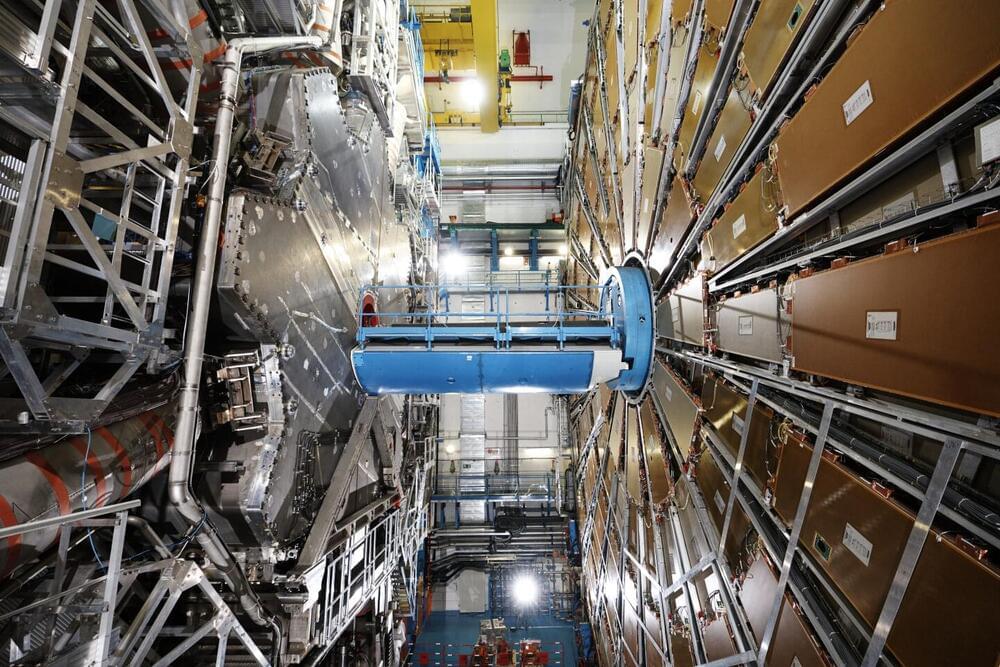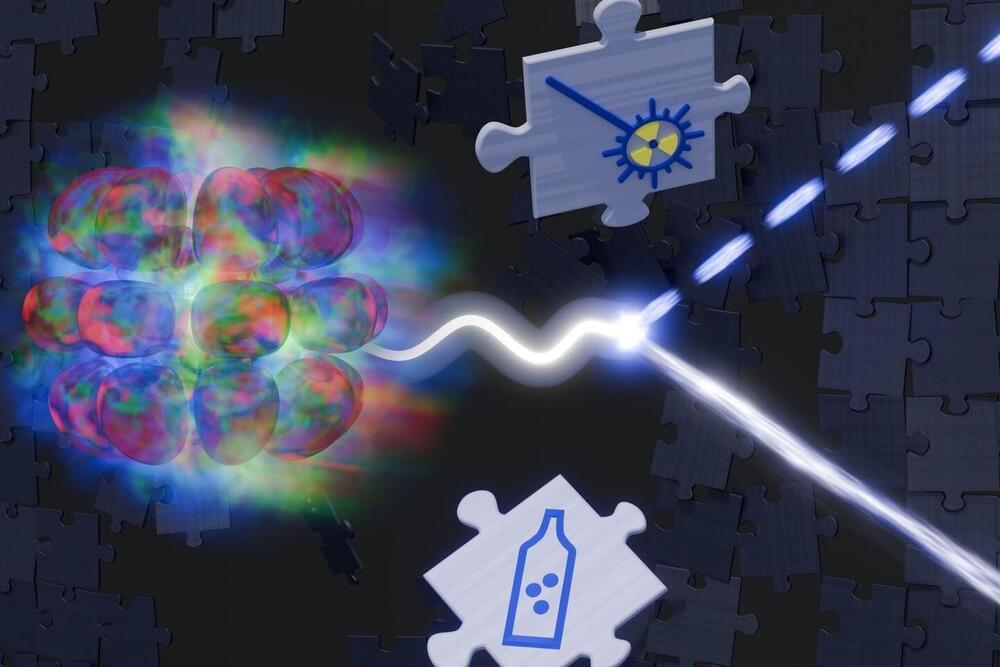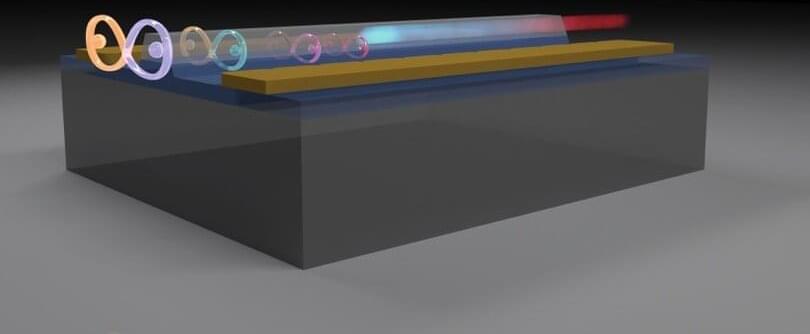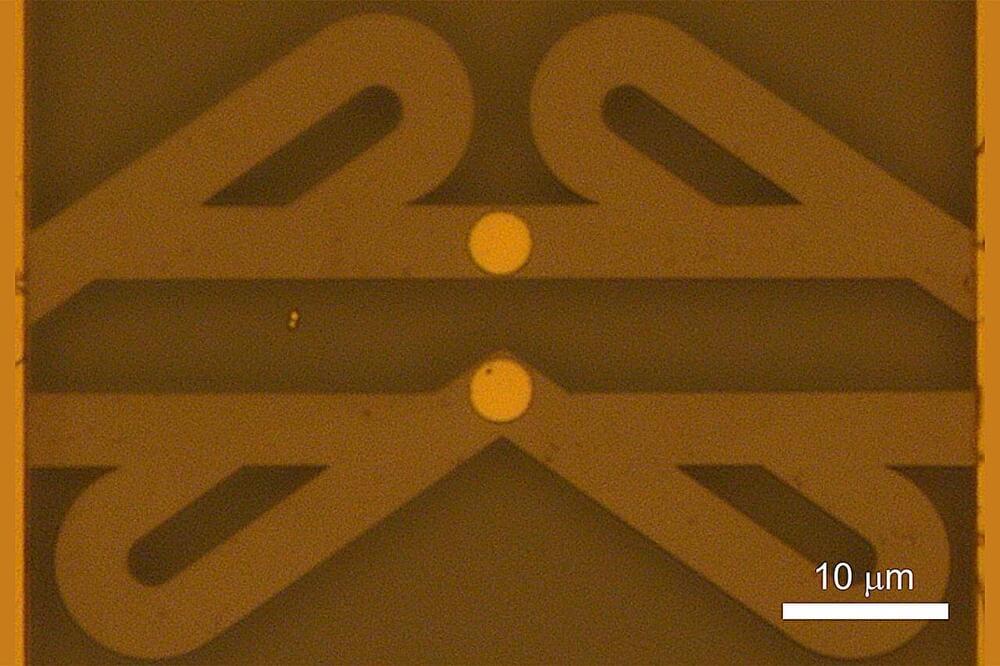Oct 17, 2024
Making micelles more effective for dye and drug dispersion through well-defined core-shell structures
Posted by Saúl Morales Rodriguéz in category: biotech/medical
Micelles are spherical molecular structures usually formed by amphiphilic molecules with block structure, which contain both hydrophilic and hydrophobic parts. The hydrophobic tails of these molecules cluster together to form a core, while the hydrophilic heads face outward, creating a protective shell. This structure allows micelles to encapsulate hydrophobic substances within their core and disperse them in a water-based environment.
